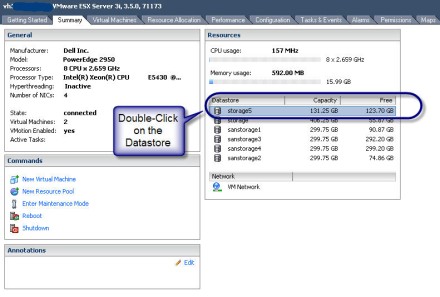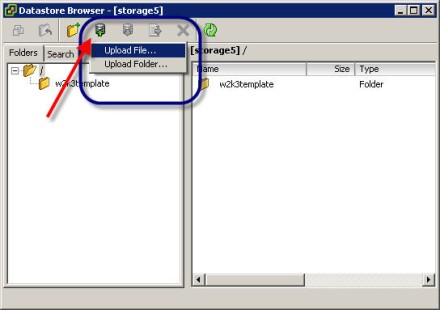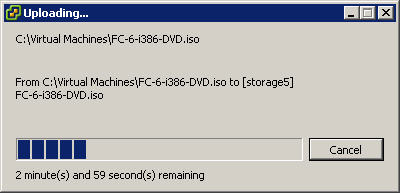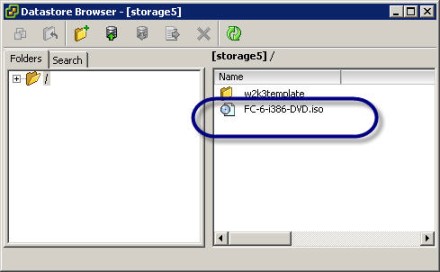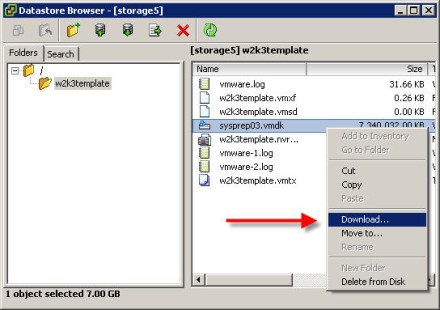정보 화일들
/etc/passwd ->> 사용자 정보
/etc/shadow ->> 계정 암호
/etc/group ->> 그룹 정보사용자 이름 규칙
* 중복 되지안됨.
* 영문자, 숫자 가능
* 첫글자를 제외 (-) 하이픈 가능
* 이름에 공백과 기호 가능
* 첫글자는 영문
* 적어도 하나의 소문자를 포함
* 최소 길이 2자, 최대 8자
패스워드
솔라리스 1.x 나 SUNOS 4.x 버전에는 /etc/passwd 에 실제 패스 워드가 저장 되었으나
솔라리스 2.x 로 바뀌면서 /etc/shadow 에 패스워드가 저장되는 방식으로 변경됐다 .
ex > #cat /etc/passwd
root:x:Super-User:/bin/ksh
두번째 필드 x 는 암호 필드로 /etc/shadow에 암호 값이 대치 되어 있다.
UID
0 ~ 2,147,483,647 사이의 유일 정수가 가능하며 일반 사용자에게 100 ~ 60,000 사이의 UID 를 사용한다. 솔라리스 버전에 따라 응용 프로그램들이 그 이상의 UID 는 인식을 못할수도 있다.
기본그룹 (GID)
UID 와 같으며 0은 예약 되어 있다. 기본은 10(staff) 이다.
홈디렉토리
일반적으로 솔라리스 2.x 에서 /export/home 하위 디렉토리를 사용자의 홈디렉토리로 지정한다.
로그인 쉘
솔라리스 제공 쉘은 6가지 이나 본인은 콘쉘을 사용한다.
==========================================================
사용자 관리 명령어 (useradd(사용자추가) usermod(정보변경) userdel(사용자삭제),
groupadd(그룹추가) groupmod(그룹정보변경)groupdel(그룹삭제)
1. useradd (사용자추가)
많이 사용되는 형식(2가지)
#useradd -g 10 -m -d /export/home/testuser -s /bin/ksh testuser
#useradd -u 1000 -g 10 -m -d /export/home/testuser -s /bin/ksh testuser
( additonal profile options
-P 'Primary Administrator,Network Management,Postgres Administration'
#passwd testuser
* 사용자는 최소 1개의 그룹에 가입해야 한다.
2. usermod (사용자 정보 변경)
많이 사용되는 형태 (2가지)
# usermod -m -d /user/testuser -s /bin/ksh testuser
# usermod -u 1004 -g 14 testuser
3. userdel (사용자삭제)
#userdel -r username -r옵션은 사용자의 홈디렉토리를 삭제한다.
4. gruopadd (그룹추가)
ex>groupadd -g 101 class01 -g옵션은 새로운 GID 를 입력할떄 사용한다.
-o옵션은 새로 추가되는 그룹이 기존과 같은 GID 를 갖도록
할려고 사용한다.
5. gruopmod(그룹 정보 변경)
ex> groupmod -g 103 class01 (class01 그룹의 GID 를 103으로 변경하라)
6. groupdel (그룹삭제)
#groupdel class03 -->class03 그룹을 삭제하라
esxcfg-firewall -s
esxcfg-firewall -q
esxcfg-firewall -e sshClient
esxcfg-firewall -d sshClient
esxcfg-firewall -o 465,tcp,out,out-smtps
esxcfg-firewall -c 465,tcp,out
esxcfg-firewall
-q|--query Lists current settings.
-q|--query
specified service.
-q|--query incoming|outgoing Lists setting for non-required
incoming/outgoing ports.
-s|--services Lists known services.
-l|--load Loads current settings.
-r|--resetDefaults Resets all options to defaults
-e|--enableService
through the firewall.
-d|--disableService
-o|--openPort Opens a port.
-c|--closePort Closes a port previously opened
via --openPort.
--blockIncoming Block all non-required incoming
ports (default value).
--blockOutgoing Block all non-required outgoing
ports (default value).
--allowIncoming Allow all incoming ports.
--allowOutgoing Allow all outgoing ports.
-h|--help Show this message.
/etc/init.d/mgmt-vmware restart
1. BBWC ( Bettery Backed Write-Cache )
- 전원 차단시 Array Write-Cache에 저장된 Data를 보존, 전원 연결시 Data 자동복구됨
- Bettery 방전전까지 전원 연결이 되지 않으면 Data Loss 발생
- Storage 의 경우 Bettery 교체 시기및 완충이 되지 않을경우 Auto Shutdown 될수 있음
2. FBWC ( Flash Backed Write-Cache )
- BBWC의 단점을 보완 적용된 기술
- Power-Cap에 의해 Write-Cache에 저장된 Data를 Flash에 저장 보관, 전원 연결시 Data 자동복구는 동일
- Bettery가 없으므로 주기적으로 BBU(Bettery)를 교체할 필요없음, 이에 따른 유지보수 시간및 비용발생 無
- 성능은 BBWC, FBWC 동일하다고봄..
